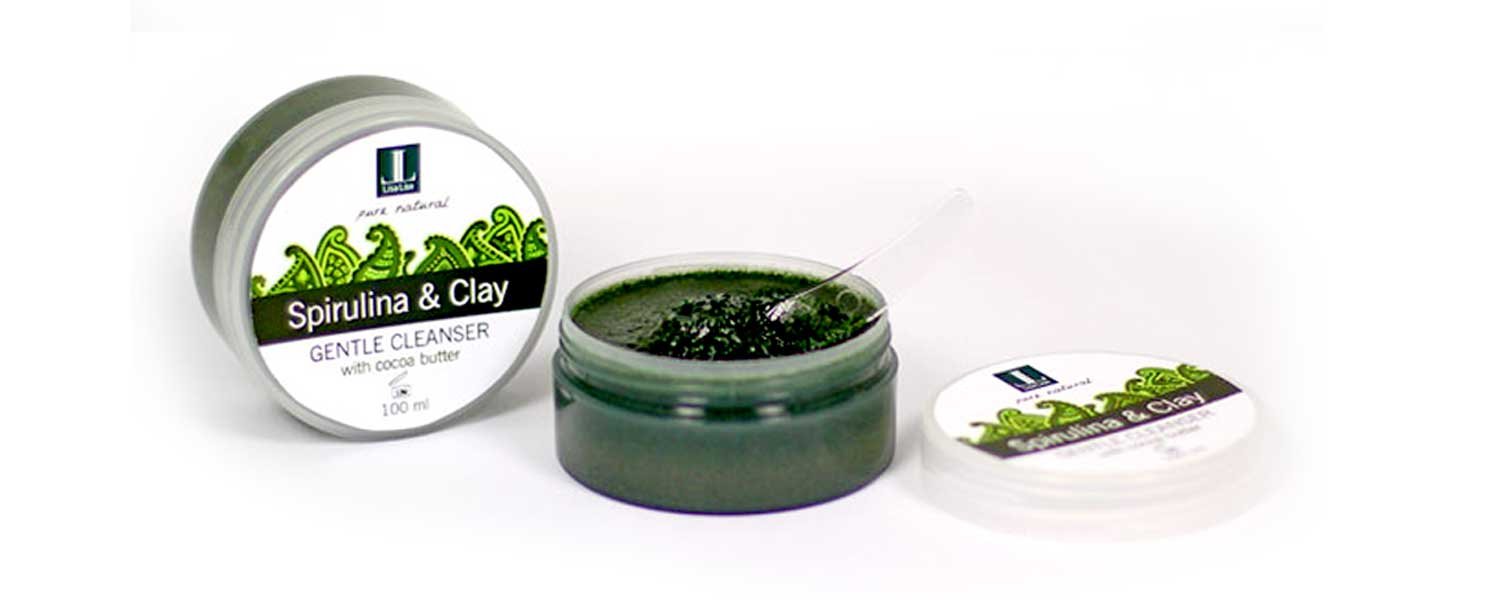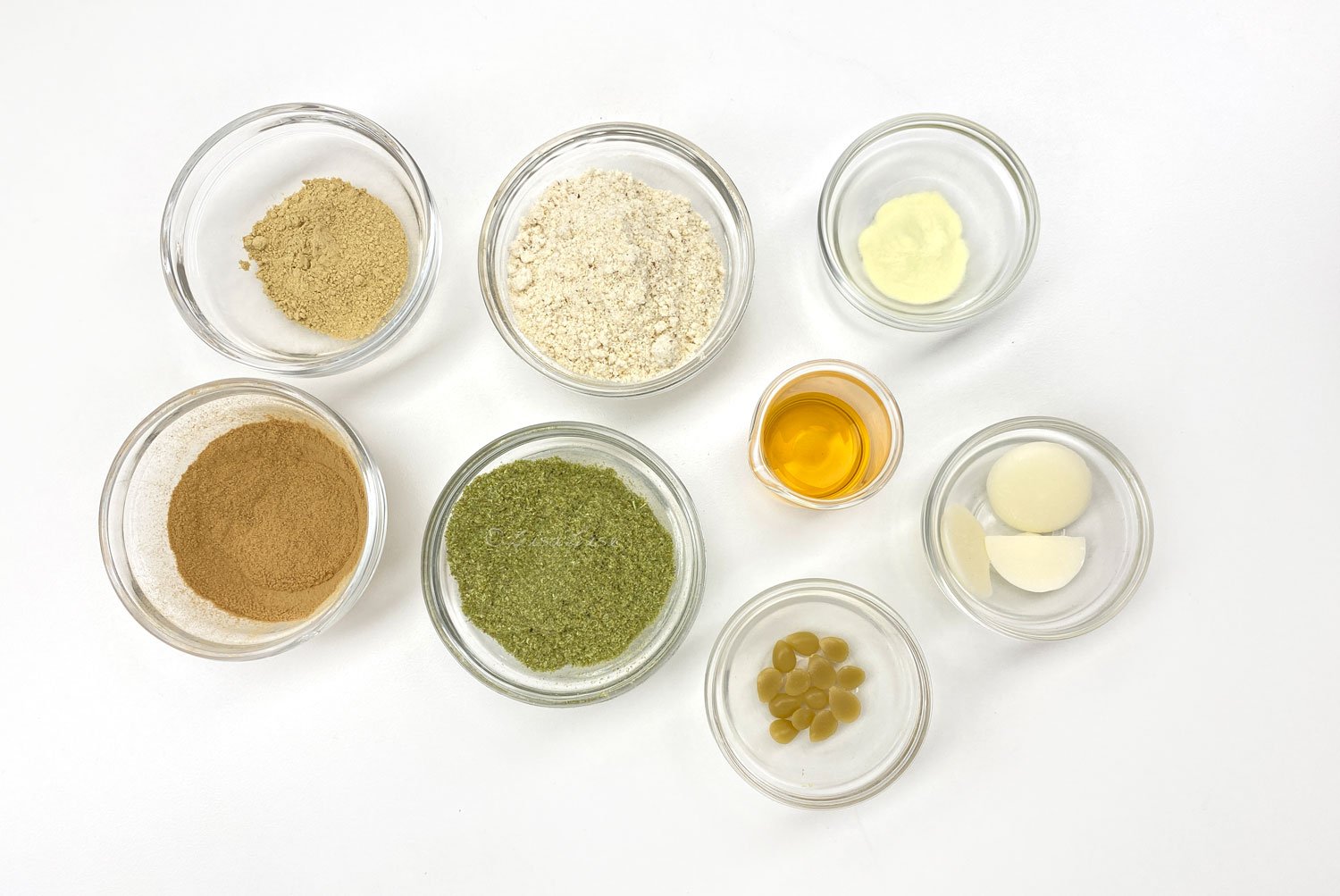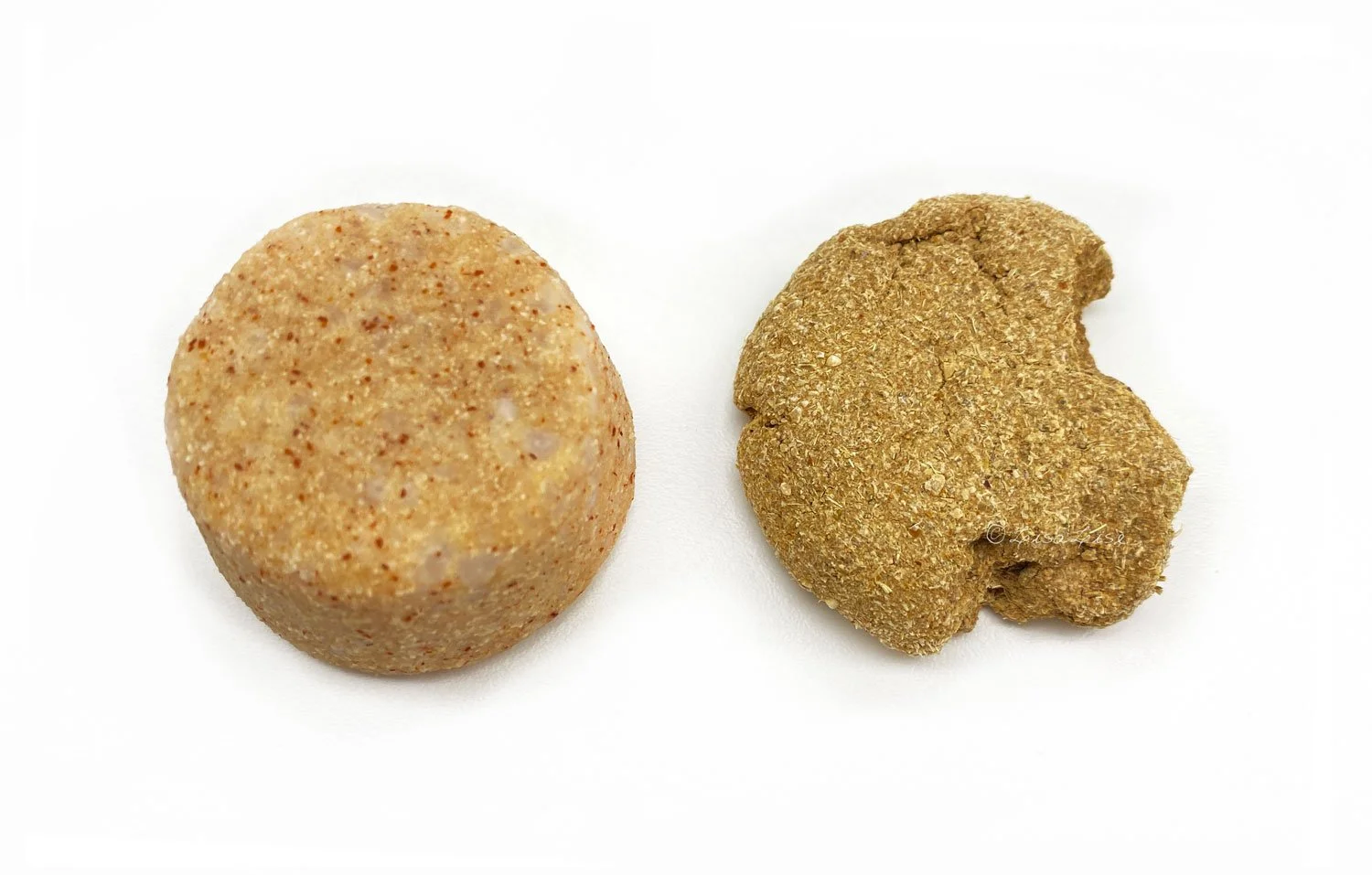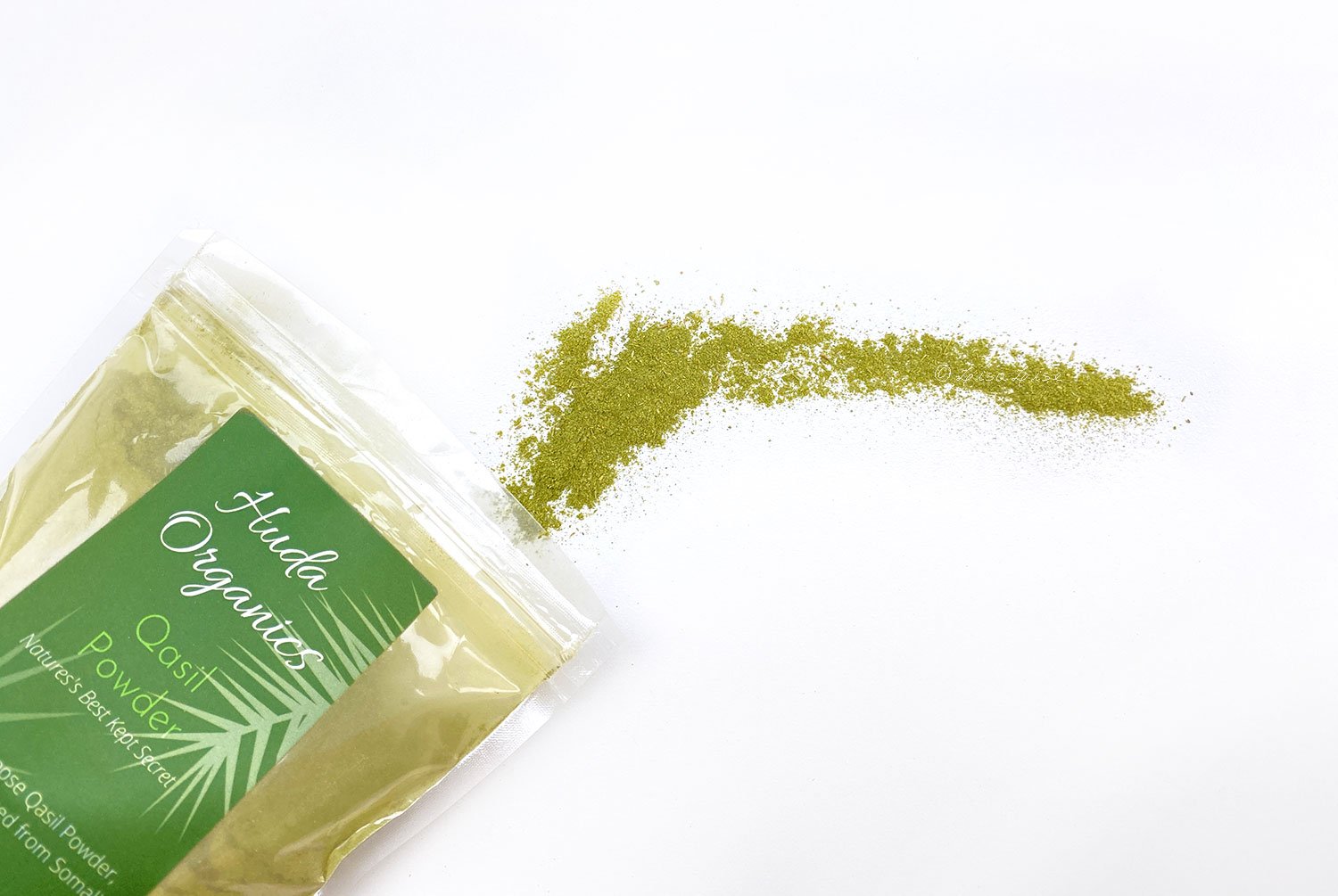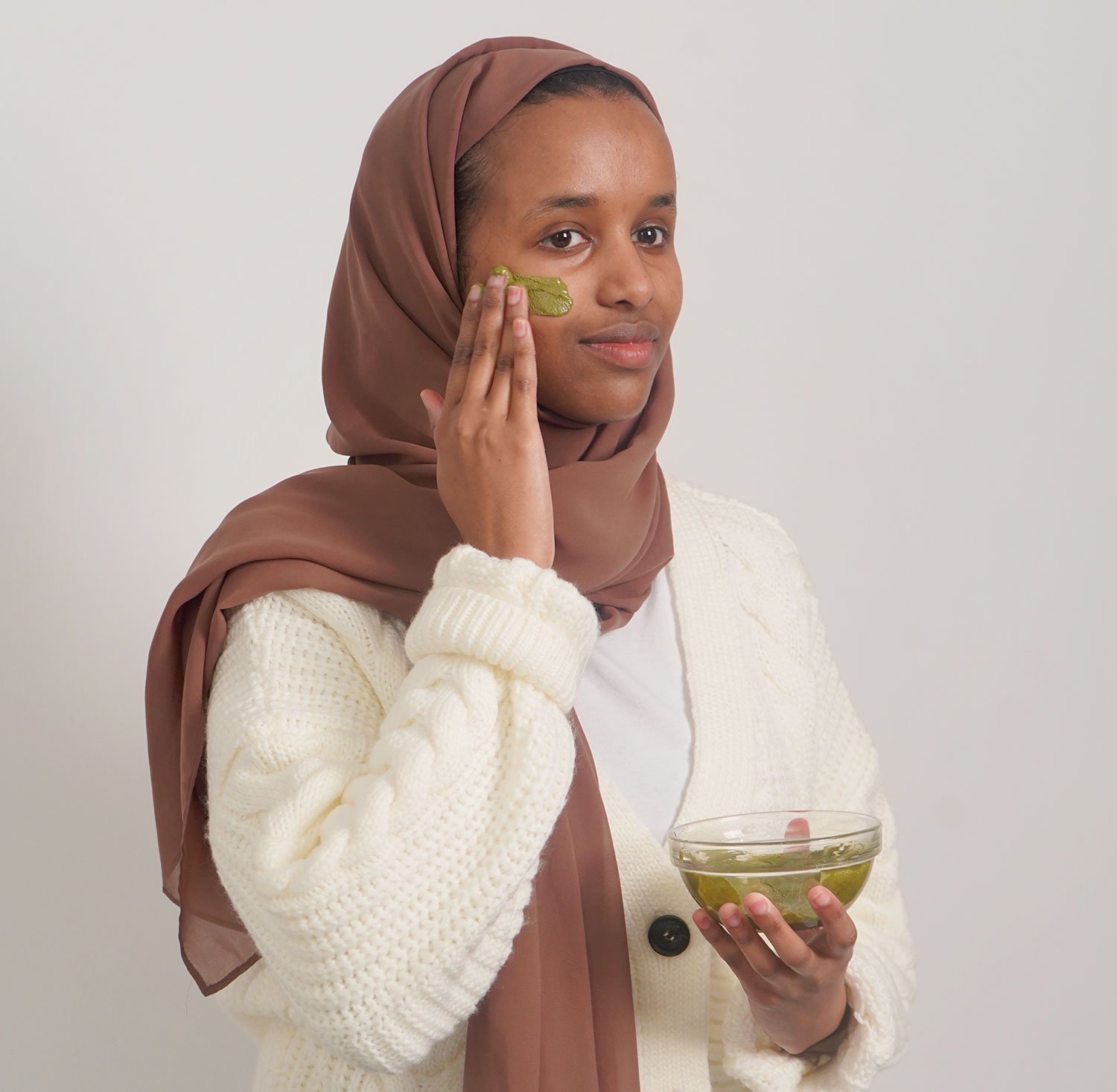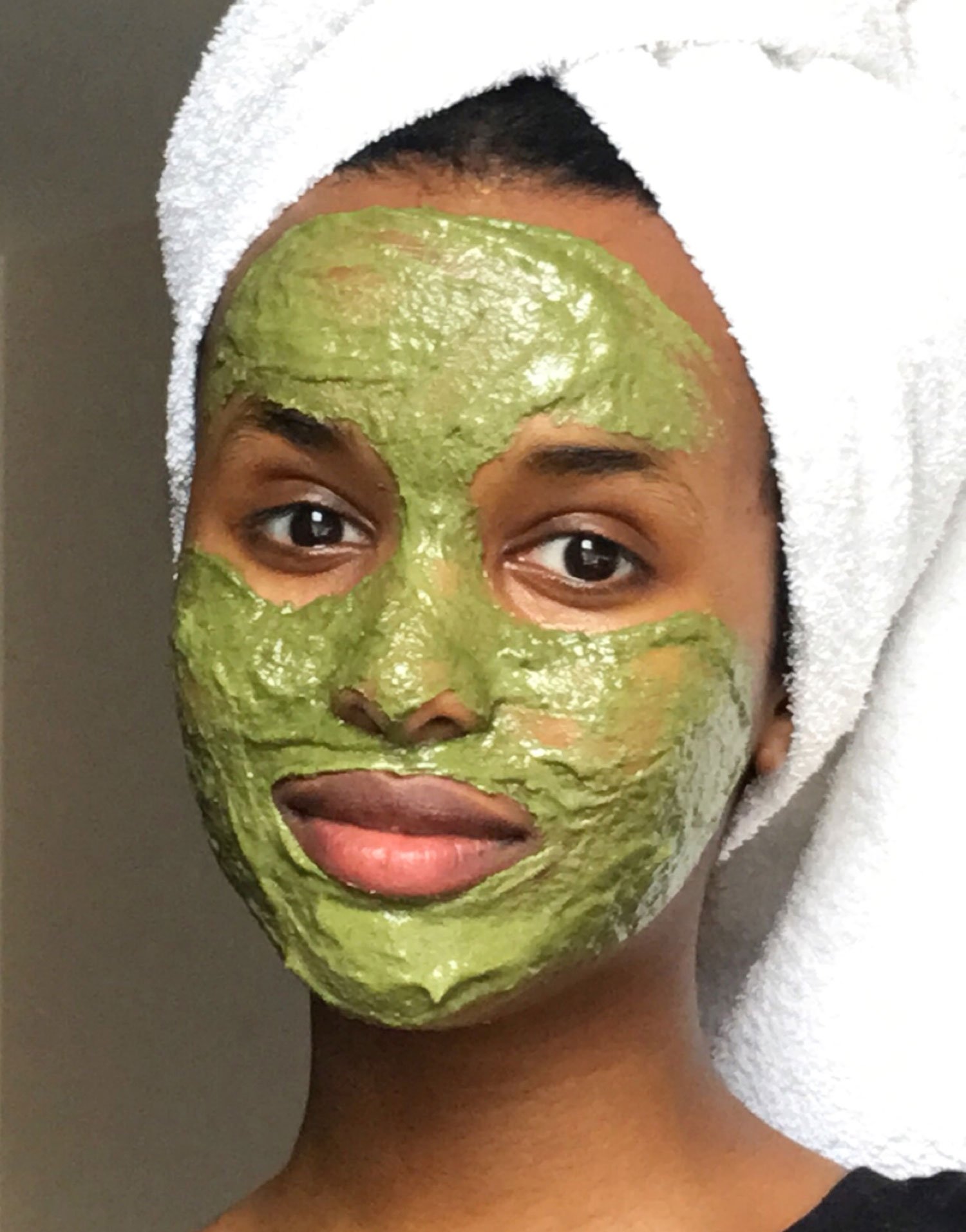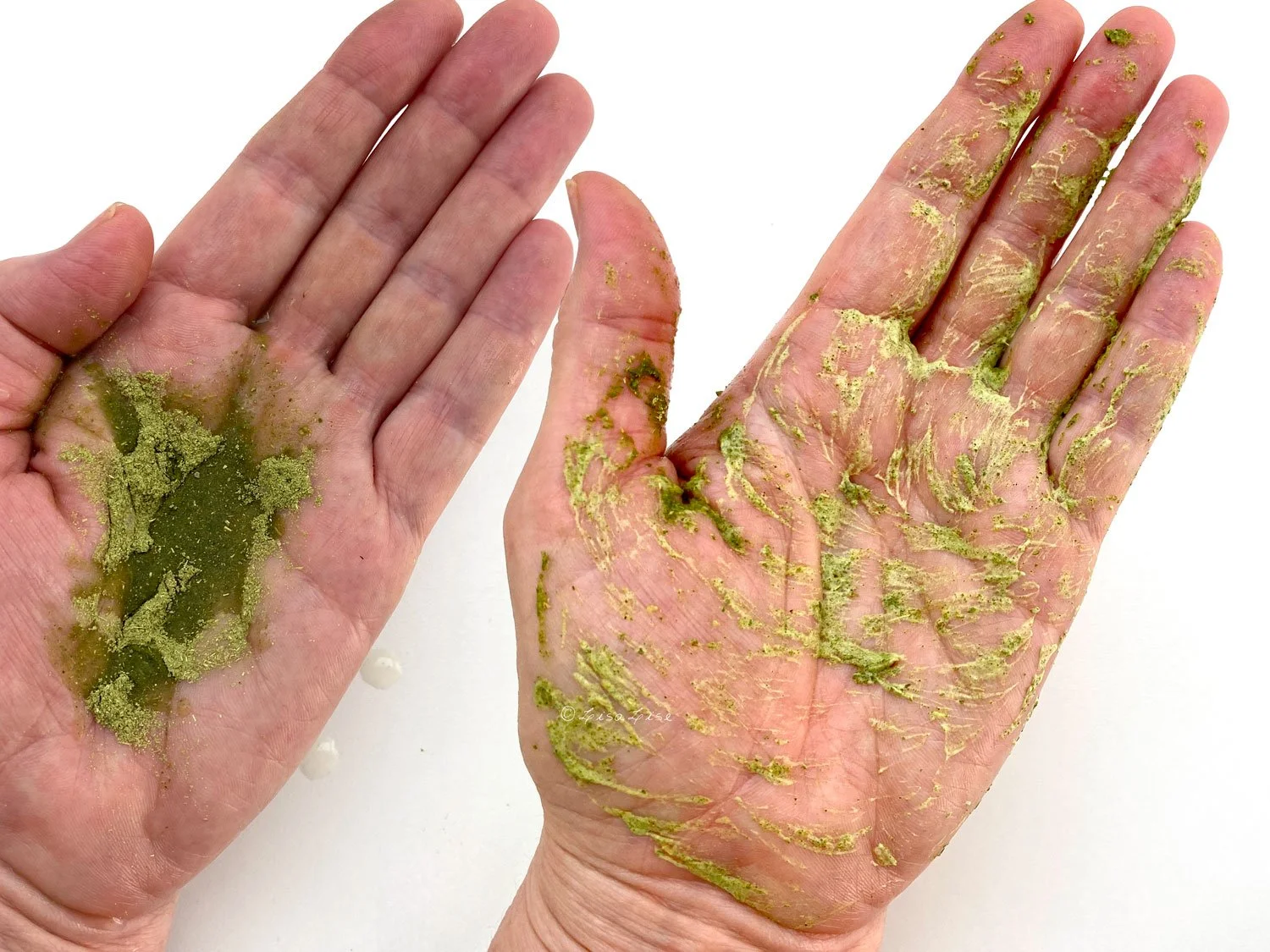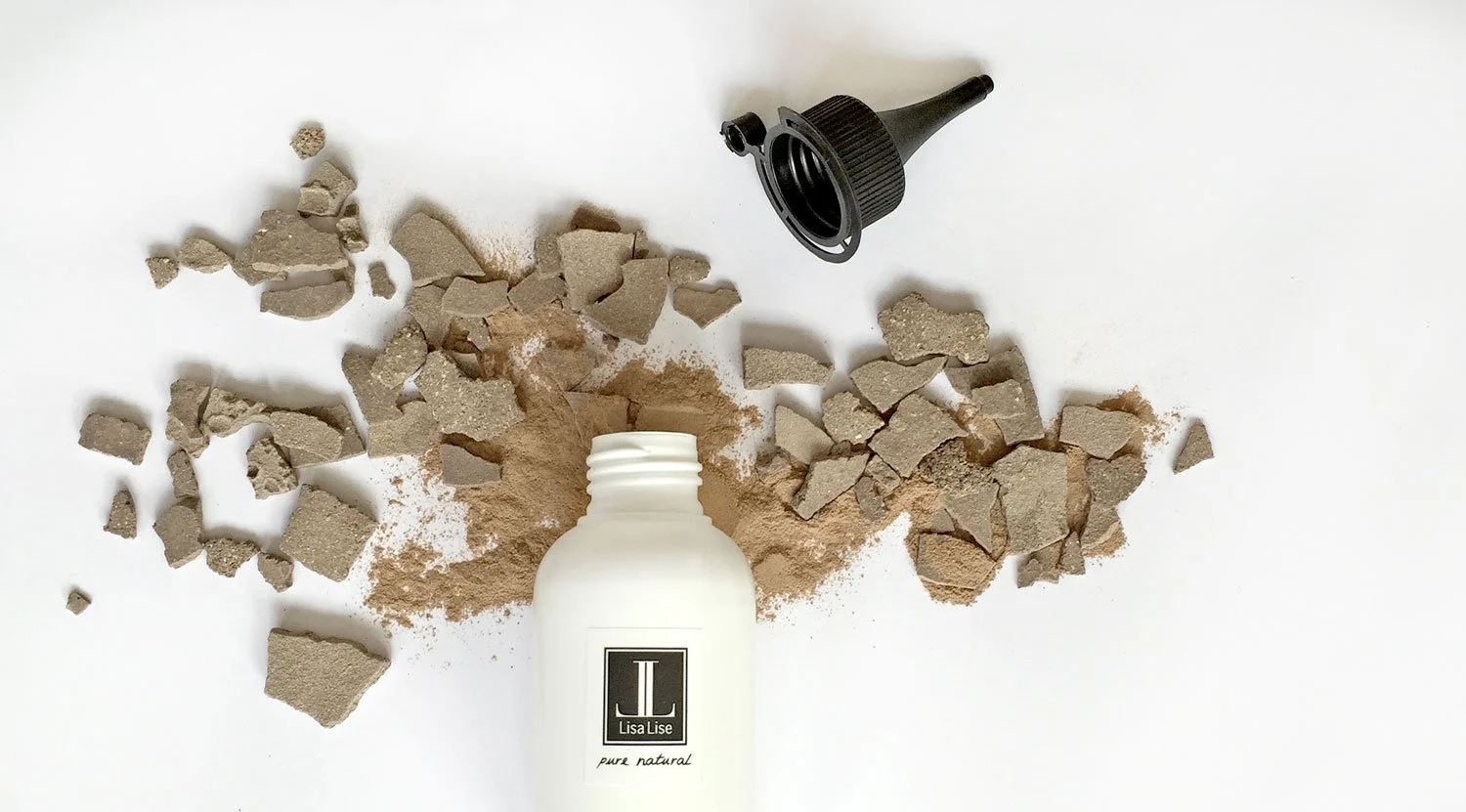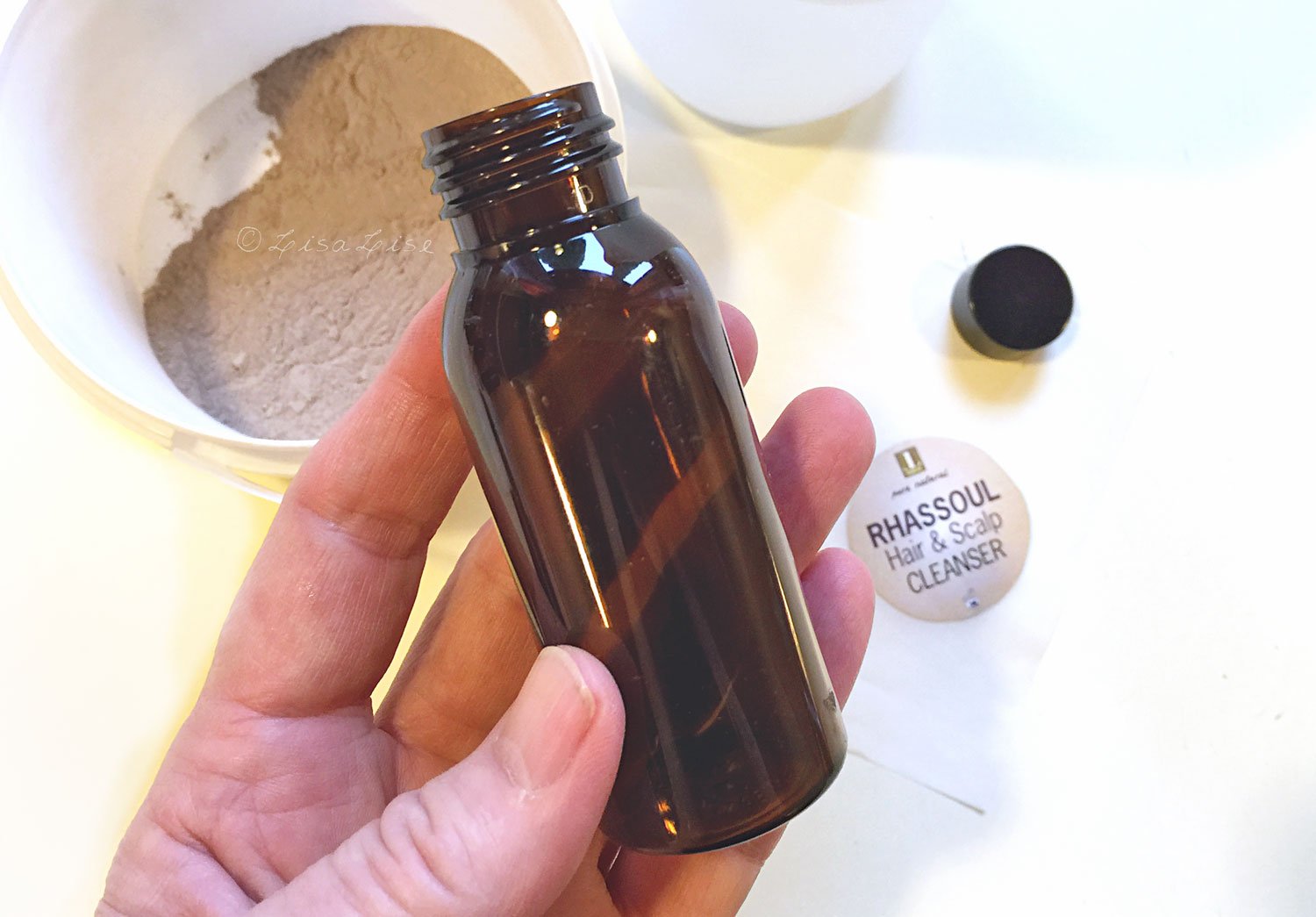It’s fairly common, although unfortunate, for young girls to become self-conscious about their skin and their bodies at this age, and the same was true for me. During this time, I became really interested in skincare. I was up to speed on all of the latest creams, serums, active ingredients, and gadgets. This wasn’t because I had particularly problematic skin, but because I had formed the terrible habit of being critical of every inch of skin on my face. I convinced myself that if I did not have the latest beauty product I could never have perfect skin or be beautiful. I now know that this thinking is absolute nonsense and it’s something I actively try to prevent our customers from feeling. Nevertheless, it was difficult for me to view things in any other way at the time.
What ended up happening was that I ended up with extremely irritated skin and a beauty routine with about 500 different steps. This was not just impractical, but also extremely expensive - especially during my last years of high school, and when I became a university student. As many students can attest to, university (particularly exam time) is extremely stressful, and things as inconsequential as brushing your hair or cooking a proper meal can be viewed as major successes. I, like many other students, was juggling going to university and working part-time. It’s no surprise that the mere thought of completing all of the steps in my skincare routine was becoming increasingly more overwhelming, especially as my skin just stayed constantly irritated and inflamed.
I realised that instead of listening to everybody else talk about what worked for their skin, I needed to listen to what my skin wanted and needed. I also needed to buy back some of the time I was wasting on such an elaborate routine every day. I have always had a keen interest in natural beauty, which I inherited from the women in my family, and of course, at their insistence, I have used Qasil powder sporadically over the course of my life. In an effort to improve my skin and simplify my routine, however, I decide to listen to my mother and go back to our ancestor’s tried and true product, Qasil powder, to see whether it would make a difference. I cut out all other products and started using Qasil powder daily. To begin with, I used Qasil as a cleanser, and later on, I started to mix it with either honey, yoghurt, or turmeric to create face masks. My skin started to clear up pretty quickly and was no longer as inflamed as it had been for several years. My friends commented that my complexion was brighter than usual. Qasil powder was definitely working for me, just as it has worked for members of my community for centuries - that much was clear to me. What I wasn’t so sure about for a few years was whether it was working for us because we all shared similar complexions and skin concerns. I thought the only way to find out was by giving Qasil powder to as many of my friends as possible to see if they noticed any difference in their skin. Practically every single one of them got back to me with hugely positive feedback about how their skin looked and felt after using Qasil.
After receiving some great news about how it was helping a friend with acne, I decided to Google Qasil for the first time. I was a little shocked to find there was practically nothing about it online. That was my lightbulb moment. That was when it truly clicked that instead of waiting for somebody else to carve their own niche selling Qasil, I could create this space myself. I was studying Business at the time, so it made perfect sense to combine my love for this product with the knowledge I acquired doing my degree.
Once I got the idea of starting my own Qasil company, I developed a bizarre sense of urgency. When you’re the first one to do something, there’s a huge amount of pressure and responsibility to get it right. In my case, nobody around me believed this would be anything more than a small and temporary side-hustle that I would eventually give up on once I finished my degree and found a ‘real’ job. I’m quite stubborn and hate to feel that people are placing bets against me, so instead of viewing this as Plan B, I made this my Plan A. I initially started selling on Etsy, and even though I rarely made more than about 2-3 sales a month for several years, I used the time to bulk-make videos, and other graphic content, and really cultivate a space on the internet for Qasil that hadn’t ever existed before. Part of me continued to pursue this, despite low sales, because I truly believed in Qasil and knew it could be the stepping stone for more than just a beauty company, but a lifestyle company that could give back to my home country of Somalia. Two of my main passions are female empowerment and sustainability. I was well aware that because the powder comes from Somalia, where there is little employment regulation and an ongoing climate crisis, that selling this type of product could lead to the unmitigated exploitation of land, resources, and people. I also knew that when Huda Organics became a more well-known company that other companies selling Qasil would emerge, but because we had already set an ethical precedent they would be forced to answer to the same expectations and questions our customers have become accustomed to.







